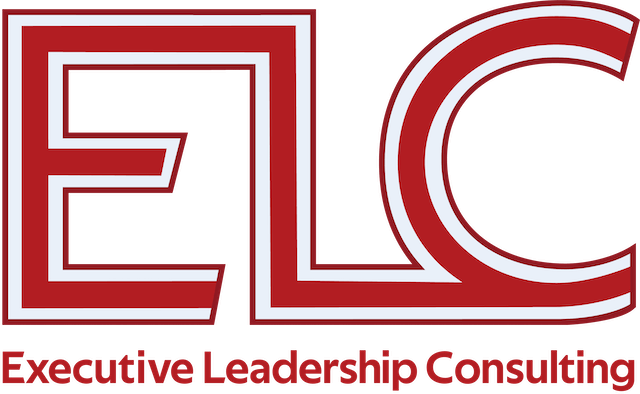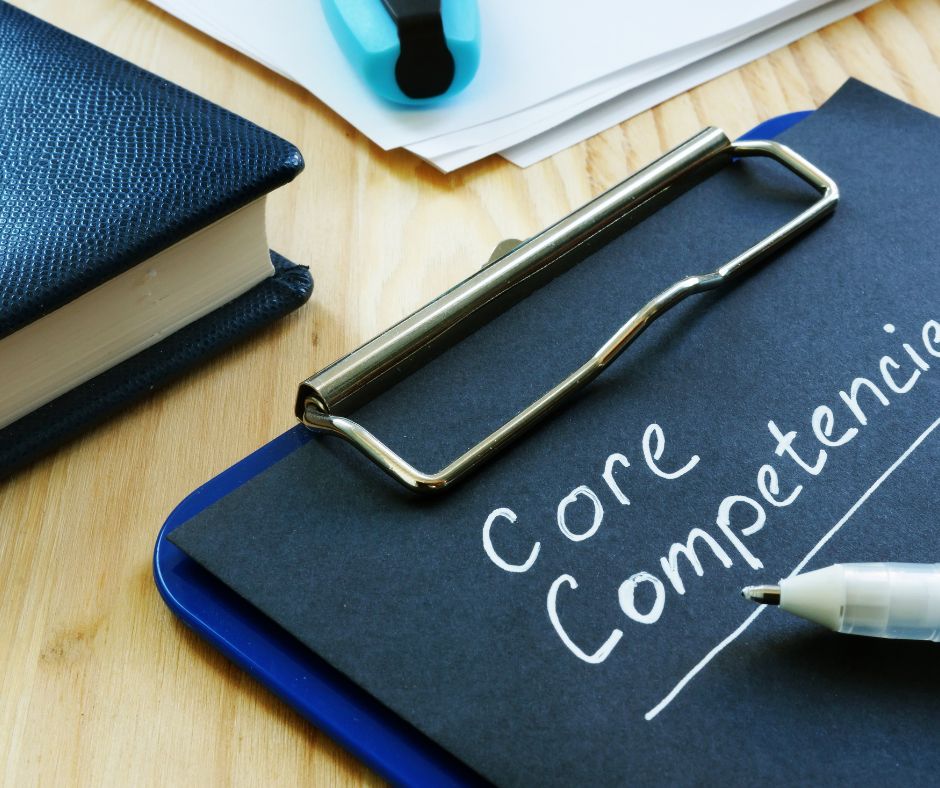Competency modeling is essential for organizations looking to develop and retain a skilled, high-performing workforce. Competency models provide employers with the necessary framework to assess employee skills, identify learning objectives, and create career pathways that help employees reach their full potential.
But what exactly is a competency model?
In this post, we’ll discuss the benefits of using competencies and the different types of competency models you can use in your organization.
What Is A Competency Model?
A competency model is a framework used to assess and measure employee knowledge, skills, abilities, and behaviors. They provide employers with a clear understanding of the requirements for roles within their organization and can be used to identify talent gaps or skill deficits within the workforce.
Competency models are also used to create job descriptions, performance evaluations, and career pathways for employees. Both hard and soft skills can be included in competency models to offer depth and breadth in terms of talent management.
Also, according to the Interdisciplinary Journal of Research in Business, competency models, especially in human resources, should be continually updated and researched to ensure current applications.
Competency Model vs. Job Description
You must understand that competency modeling differs from job descriptions. Competency models provide more detailed information about an employee’s skills and abilities, whereas job descriptions give a high-level overview or a general summary of the job and its requirements. Competency models also help employers identify best practices for employees in each role. Furthermore, they can offer the basis for employee training, learning content, and professional development.
5 Benefits Of A Competency Model
Taking advantage of competency modeling can have many positive outcomes for an organization. Here are five benefits of competency models:
1. Sets A Concrete Direction For Workforce Performance
Competency models provide employers with a consistent, clear expectation of performance outcomes. It can make it easier to identify and measure employee competencies and determine the skill gaps that need to be filled.
Plus, having a well-defined competency model can help employees understand the expectations in their role and give them a sense of direction when it comes to career progression.
2. Complete Understanding Of All Employee Abilities And Skills
Employers can gain a complete understanding of each employee’s abilities and skills with the help of competency models. They can help employers identify areas for improvement and create tailored learning plans for employees to ensure they have the necessary skills to succeed in their roles.
Also, by understanding the organization’s collective skill set, employers can create more effective teams.
3. Identify Learning And Development Needs
Competency models can provide employers with detailed insight into employee learning and development needs. For instance, employers can use competencies to identify training requirements, measure performance, and develop career pathways for employees. They can also be used to create learning content and course material to help employees reach their goals.
4. Allows Employees To Take Ownership Of The Skills And Behaviors Required
By grasping the expectations of the role, employees can assess their strengths and weaknesses and take ownership of their development. Competency models can help employees identify areas for improvement and provide insight into the behaviors and skills needed to succeed.
5. Fair Measurement For Performance Evaluation
Employers require an objective and consistent way to measure performance. Competency models provide a comprehensive measure of employee skills, abilities, and behaviors that can be used to evaluate performance fairly and accurately. They also provide employers with an unbiased way to compare employees across different roles and departments.
3 Types Of Competencies
Competency models typically include the following types of competencies:
1. Core Competencies
These are baseline skills required for the job, such as communication, teamwork, and problem-solving skills. Core competencies will vary from role to role or company to company and should be tailored according to the company’s goals, vision, culture, or values.
You should also consider your purpose and impactful vision when deciding on core competencies. For example, for an eCommerce company, core competencies may include creative strategizing and technology proficiency.
2. Functional Competencies
Functional competencies focus on job-specific or technical skills. They are unique for each position and are expected to be learned and mastered by the employee. For example, for a software engineer, functional competencies may include coding languages and data analysis. On the other hand, a virtual assistant may require functional competencies such as appointment scheduling or the ability to use task-management software.
The top performers in each functional area can serve as a benchmark for the competency model. Furthermore, competencies should evolve to keep up with trends and changes in the industry.
3. Leadership Competencies
Leadership competencies refer to the skills or behaviors that are needed for successful team leaders, managers, and supervisors. These competencies include the ability to communicate effectively, manage people and resources, inspire others, and make sound decisions. Similar to core competencies, leadership competencies should connect to your company purpose and be tailored to the organizational culture, goals, and values. You also want to make sure it’s incorporated into your leadership development action plan.
Example Of Competency Model
A competency model outlines the skills, abilities, and behaviors required for each role in the organization. It will vary depending on the position and the company. Therefore, the template should be adapted to meet the needs of the company, employees, and job roles.
A competency model template should include the following elements:
- Title: This is the title of the competency model and should include the role title or description.
- Definition: A brief definition of the competency model should be included.
- Sub-Competencies: This includes the skills, abilities, and behaviors required.
- Behaviors: Indicate the behaviors that reflect the highest level of performance and align with your purpose and culture.
- Proficiency Standards: Create skill standards that are tailored to the individual needs of each job, as well as encompass all four stages of professional growth: beginner, experienced, senior, and executive.
Here is an example competency model for a customer service representative:
- Title: Customer service competency
- Definition: Competencies required to provide exceptional customer service to bolster customer loyalty and satisfaction.
- Sub-Competencies: Communication, problem-solving, conflict resolution, time management
- Behaviors: Empathy, emotional intelligence, and patience.
- Proficiency Standards: Identify customer needs and provide suitable solutions, follow company guidelines for customer service, and maintain a professional demeanor at all times.
Executive Leadership Consulting, Experts in Leadership Coaching, Organization Design, and More
Competency models provide a framework to measure an individual’s performance and set goals for their professional development. They are necessary tools for hiring, managing employees, and promoting them to higher levels. Competency models are valuable investments for any organization, as they help to create a more structured, engaged, and productive workplace.
Leaders and managers should keep the competency model up-to-date to ensure that it is aligned with the organization’s purpose, vision, values, and goals. They should also be carefully designed to ensure that each employee is provided with the skills and knowledge they need to succeed.
At Executive Leadership Consulting, we specialize in helping organizations develop their competency models. Our team of leadership coaches, organization designers, and executive strategists are experts in creating customized competency models that help organizations get the most out of their employees and support the company’s success. Learn more about our solutions and how we can help you create a successful competency model日本藤素
.
Ready To Take The Next Step? Contact Us Today!





